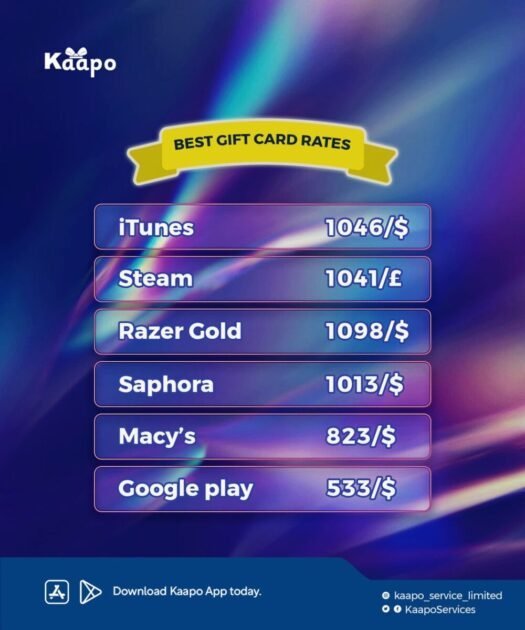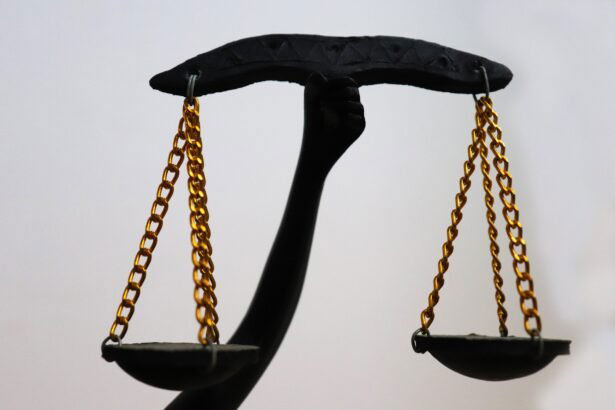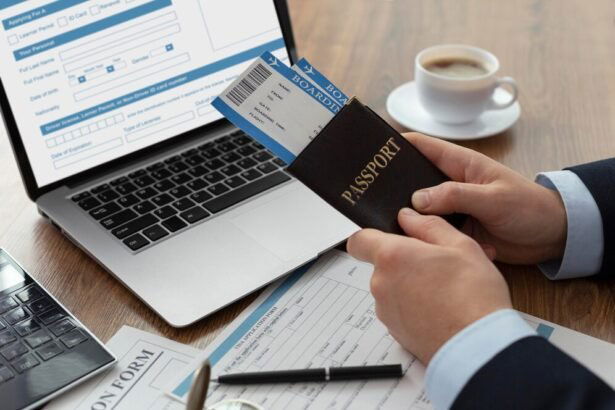Like you, many are searching for how to write a check for self-withdrawal like it is big deal. I mean, it is just like endorsing your check to someone.
When writing a check for self-withdrawal, you fill it like every other check but will write ‘Cash’ in the “pay to the order of” and endorse it to yourself at the back.
As the name implies, a self-check allows the self-withdrawal of money if you need cash. It is typically a matter of writing CASH in the “pay to order of”, then turning to the back of the check and endorsing it on the designated field.
How Does a Self-Check Work?
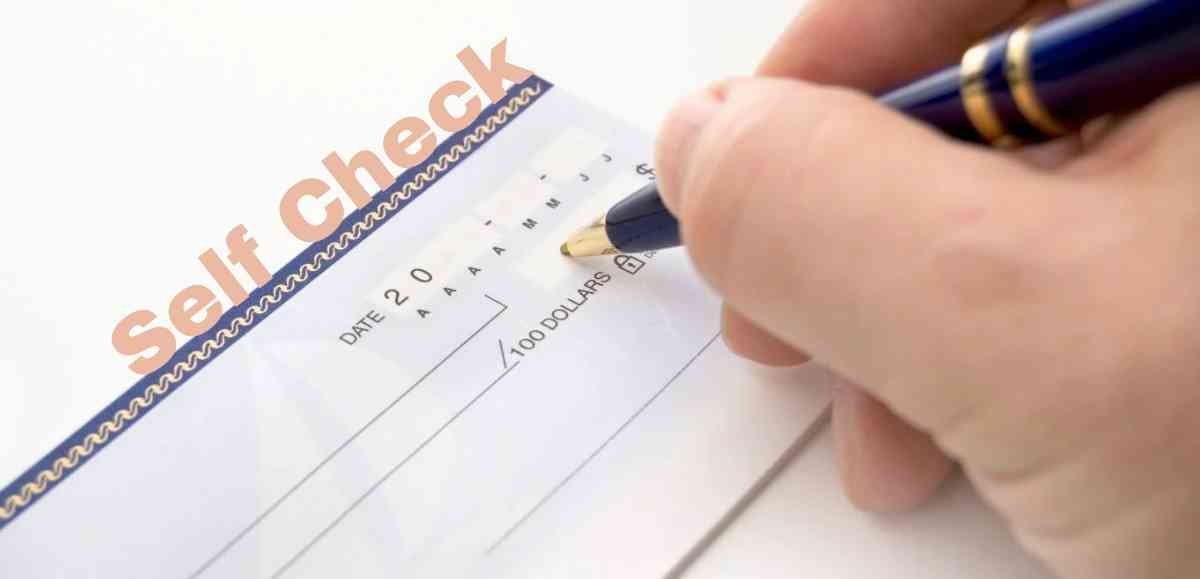
When writing a check to yourself, you typically fill the following information:
- Date
- Payee name
- Amount to cash in words
- Amount to cash in figures
- Your signature
You will then indicate ‘pay to order of’. In some locations, you write ‘Pay Self’ since you are writing the check to yourself. See Huntington’s steps to fill a check, then apply this guide to write the check to yourself.
Can I write a check to myself to withdraw money?
You can write a check to yourself to withdraw money. Besides, writing a check for self-withdrawal is perfectly legal. Writing a check endorsed to yourself shows a transaction in your name. It does not also require clearing since you will definitely get the money. Just make sure you enter the correct checking date.
The Step-by-Step Guide to Writing a Check for Self Withdrawal
As mentioned earlier, writing a check for self-withdrawal is no rocket science. Below are the steps regarding how to write a check for self-withdrawal:
-
Writing the check
Write the check like you would write to another person except that you endorse it to yourself and indicate ‘pay to order of’ as yourself.
You can select the self-withdrawal as cash, so you get paid in cash. You want to be careful not to misplace the check, a criminal may be able to use it to cash from your bank account pretending to be you.
Ensure to fill in the amount of money you want to self-withdraw. You will indicate it both in figure and in words.
Apart from cashing your check, you can transfer the money to a different bank. This is helpful if you are moving funds to another of your bank account or to a virtual banking platform.
-
Cashing your check
Endorse the check to yourself if you want to be given cash by the bank or credit union. You endorse it by signing your name at the back. You will also produce the teller identification.
You can cash your check through your bank or any cashing store, including groceries. Other banks may be able to cash your check as well.
It is typical for people not to be able to cash all the amount stated on the check. However, many banks might overlook this since you are withdrawing cash with your check by yourself. Mostly, when you write to other people, the bank limits the amount available immediately. The person you endorse the check to is able to cash the balance after some days.
Also, cashing your check at your bank will not take time. The check may not have to be cleared, so you do not have to wait for the remainder of the funds to be available for checking. You get full cash as written in your self-withdrawal check.
-
Depositing your self-check
You can also deposit the money from your self-withdrawal into the bank. You do this by signing the back of the check and including a restriction “For deposit only”.
You can deposit a self-written check in many ways, including the following:
- At an ATM (Automated Teller Machine)
- Your bank app
- Mailing or taking the check to your bank in person
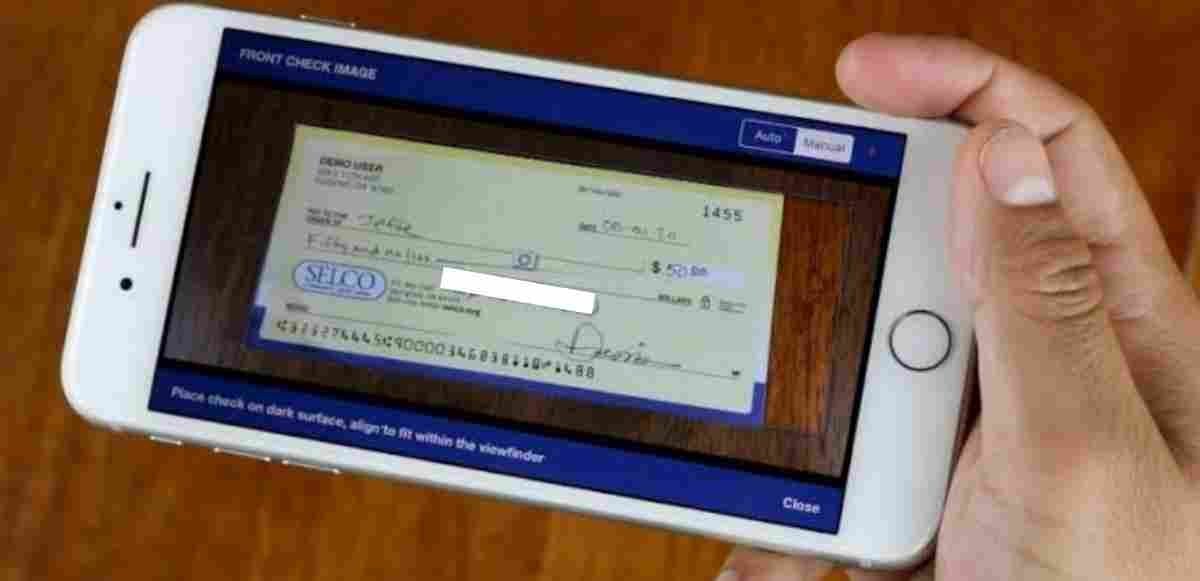
If using your bank’s mobile application, you have to a picture of the check you are using for self-withdrawal.
If you are mailing the check, you want to refer to the requirements by your bank to know what other information could be required. You can find this information on your bank’s website.
-
Moving money to a different bank account
You can also move funds to a different bank account through a self-written check. Endorse the back of the check, indicating that it is for deposit only.
Meanwhile, some banks allow you to complete this transaction from your bank app.
If you are moving funds from your personal bank account to a business account, an online transfer might not work because of the differences in the name. In this case, you have to be there at the bank in person to move the funds.
FAQs
What is the limit for self-check withdrawal?
Generally, there is no limit to self-check withdrawal. You cash the same amount you can endorse to another person or even more since the check and bank account belong to you. Nonetheless, you should check with your bank for any transfer limit on checks.
Can I withdraw a self-check from any branch?
You can withdraw your self-check from any bank. It would be easier with your bank since you can easily cash it into your bank account without limitations or a clearance period. The rules are different in various locations, find out with the bank you want to cash the self-check with.
Can I write a check to myself with no money in my account?
The standpoint of this question is that it depends. Unless your bank runs a special package that allows you to overdraft with a self-check, you are not able to withdraw money from your bank account if you have no money in it. Also, you may be able to withdraw money through the ATM if you have insufficient funds.
Final Thoughts
We have seen that writing a self-check is similar to writing a check to other people. It is a matter of endorsing and indicating that you are cashing or depositing the check yourself.
Note that withdrawing your check as cash is risky, so make sure not to misplace the check.


